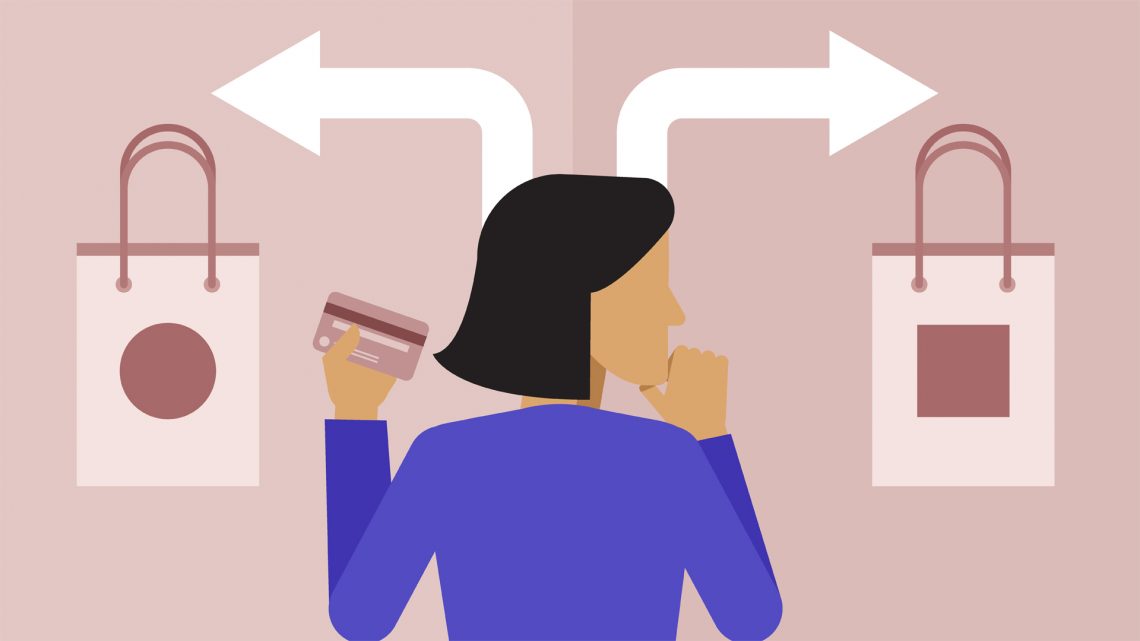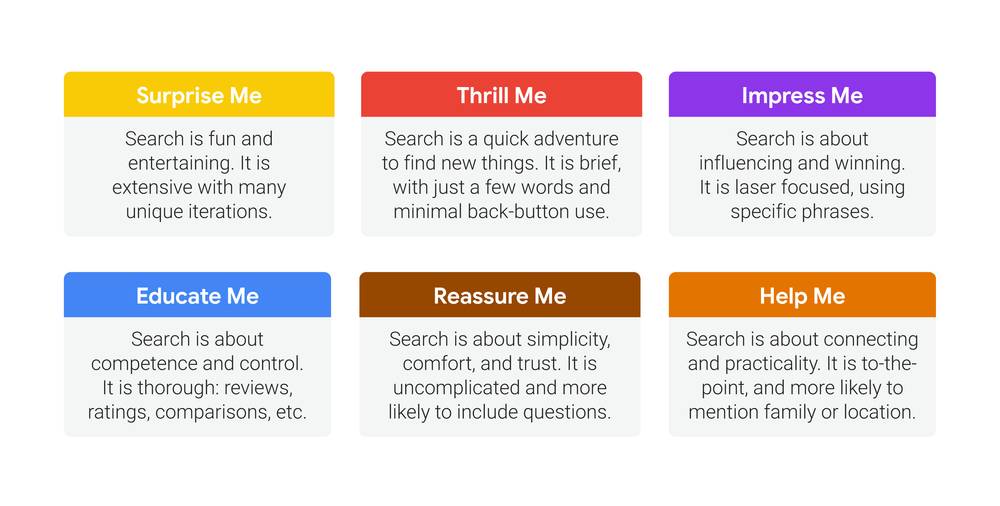
How consumer needs shape search behaviour and drive intent
6th September 2020Acting on consumer intent is one of the keys to unlocking growth. It seems pretty simple. In constant contact with one device or another, people expect immediate answers. The things they search, sites they visit, and videos they watch are not only expressing intent, they’re reshaping the traditional marketing funnel. And with the help of marketing technology, marketers can sift through all the signals left behind and gain insight that can help them predict intent.
But what about the underlying consumer needs that drive intent in the first place? After all, you don’t wake up feeling intent. You wake up feeling a need. It’s clear in the way people talk: “I need something.” “I want something.” And even in the way they search. That sort of conversational language is increasingly used in search queries.
Search, of course, is a powerful tool for both shoppers and marketers. When it comes to search, people are literally typing their needs into a form, which, in turn, generates data that lets marketers tap into insights across media. But what’s ultimately driving the search behaviour?

That’s where our latest round of research comes in. We partnered with Kantar to better understand the underlying motivations driving search behaviours. Many marketers are familiar with Kantar’s NeedScope. But for the uninitiated, it’s a qualitative and quantitative segmentation approach that uncovers the functional, social, and emotional drivers of consumer behaviour within a given market. At its core, it provides a framework for understanding why people make the decisions that they do, which, in turn, can reveal opportunities for brands and companies to (better) satisfy those underlying needs.
When we set out, we weren’t sure how — or even if — it applied to search. The short answer: It does.
There are six canonical consumer needs: Surprise Me, Help Me, Reassure Me, Educate Me, Impress Me, and Thrill Me. Each need state is made up of a combination of emotional, social, and functional needs. Emotions are the foundations of need states. The truth is, decision-making is not a rational process, but one driven mainly by how people feel. The rational brain layers on reasons for our choices only after they’re made.
Major companies typically use a research approach like NeedScope to guide portfolio management, brand strategy, and creative execution. If you have a portfolio of shampoo brands, for example, you’d make sure you have brands taking care of each need state in the category. So you could have one shampoo brand aimed at the Reassure Me state. Everything from how the product works to package design to messaging would be designed to make the consumer feel comforted, safe, and soothed. On the other hand, your shampoo brand aimed at the Impress Me need state would strive for a more glamorous image and may rely on endorsements from a celebrity seen as powerful or ambitious.
How consumer needs drive search
Before we started this research, we thought search behaviour might be dominated by one or two needs. Educate Me seemed like a no-brainer because search is inherently an information exchange. But the best research often has a surprising element to the results. In this case, we found that search behaviour is driven by all six needs.
And those needs have a profound impact on search. How long the query is. How many times a person hits the back button. How many tabs a person has open. Which device they’re using. The number of search iterations. Whether a person prefers text, image, or video results. How many different things they type into the search bar.
For example, we saw a search query for “What car should you drive if you make $150,000?” This query provides a great window into the Impress Me need. Yes, they’re searching for a car, but, more importantly, one that will reinforce a sense of status and importance. It’s not just about big-ticket items, however. Also falling into this category are people who search for rewards for small occasions. Think a fancy brand of coffee or indulgent chocolate bar. You’ll also see this need emerge in travel searches for premium experiences.
Or take the Reassure Me state. A shopper with this need is searching for simplicity, comfort, and trust. Their searches tend to be uncomplicated and they rely on questions. And because there is an element of anxiety to these searches — fear of making the wrong decision or missing out — they also appreciate a guiding hand, like when Google suggests related searches or videos showing the product being used. Picture someone doing a home-improvement project. Even after doing the appropriate research, they are still searching in the time between the shelf and the cashier to make sure they’ve got the best tool for the job at the right price.
Satisfying needs leads to growth
We know that searches don’t simply happen at random moments. They’re driven by needs. The search to satisfy these needs is an inherent part of people’s decision-making processes. And it turns out these emotional drivers are largely consistent across categories.
Marketers tend to think of search as purely transactional, something near the bottom of the traditional marketing funnel. But with the marketing funnel changing, so should marketers’ approach to search. Emotion fuels marketers’ thinking when it comes to creative execution in other media. It should also inform their thinking when it comes to search.
How your brand responds to these needs in search can shape the journey. Ignore them, and the consumer could abandon or overlook you completely. By focusing your search strategy on satisfying people’s needs, you have a better chance of influencing their decision and ultimately, winning the sale.
At its core, marketing is figuring out how to solve people’s needs. The more needs you solve and the more often you solve them, the more growth you’ll see.
Originally published by Justin De Graaf
Head of Ads Research and Insights at Google.






